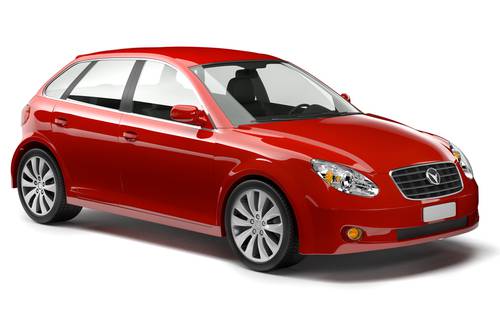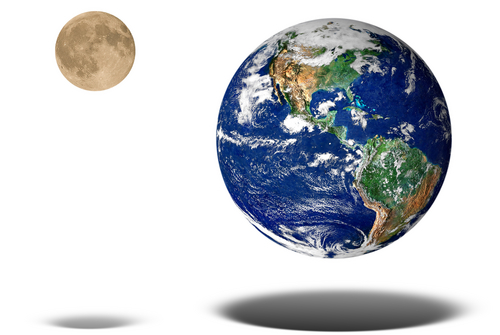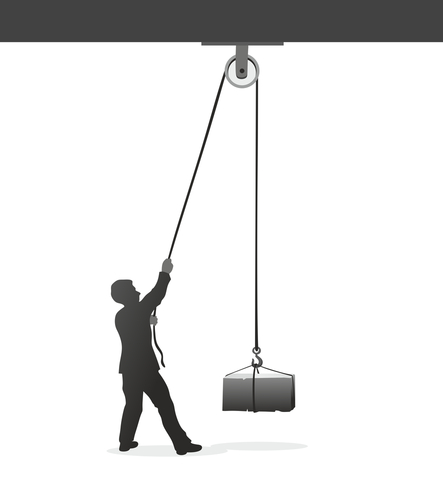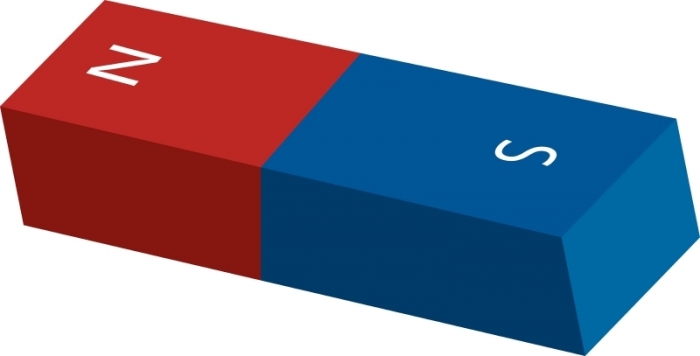How many different forces do you think you have experienced so far today? When you got out of bed, you pushed yourself up. Maybe you pulled a box of cereal towards yourself when you were having breakfast!

You may have felt friction when you walked across a room, helping your feet 'grip' to the floor. Even as you sit still reading this, you are experiencing the force of gravity, keeping you in your seat!

Let's review what forces are, and learn about some different types.
A force is a push or a pull, acting on an object. A force is caused by an interaction between objects. For example, if you pull a glass of water towards you, that's an interaction between your hand and the glass.
A force can change the motion of an object, the shape of an object, or the direction that the object moves. Let's look at examples of each of these.
A force can change the motion of an object. For example, if you kick a football, the force of your kick moves the ball away from you.

A force can change the shape of an object. For example, if you push or pull clay, it will change its shape and you can make it look totally different.

A force can change the direction of an object. For example, if you drop a bouncy ball on the floor, the interaction between the ball and the floor will make the direction of the ball change, it will bounce up.

There are lots of different types of forces. We can split these forces into two groups - contact forces or non-contact forces.
A contact force is a force that happens when the interacting objects are touching. A good example is friction.
A non-contact force is a force where the objects don't have to touch. A good example is gravity.
Here are some more examples:
| Contact Forces |
Non-Contact Forces |
|
Friction
|
Gravity
|
|
Tension
|
Magnetic force
|
|
Air resistance
|
Electrostatic force
|
Now let's check our understanding with some questions!








.jpg)





